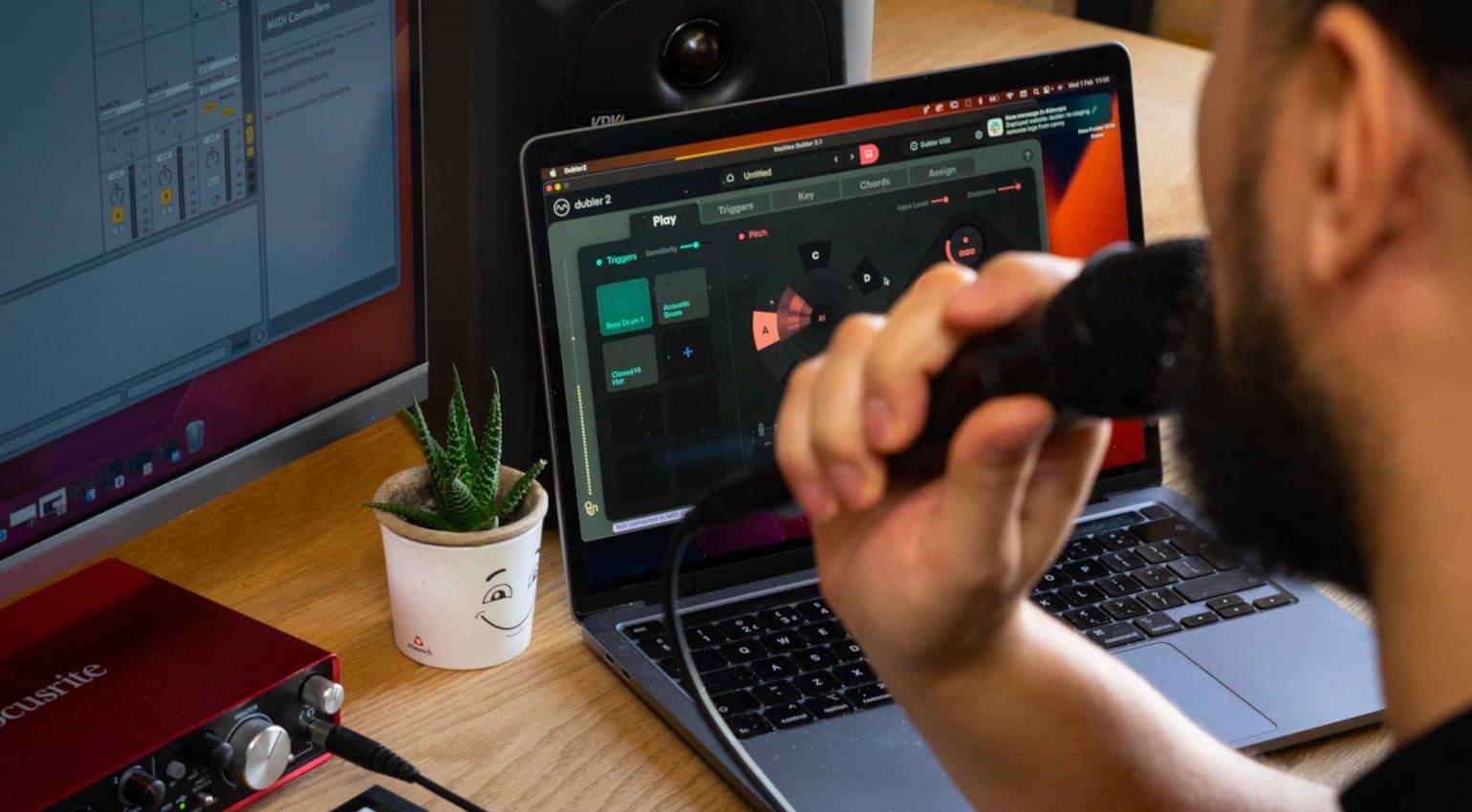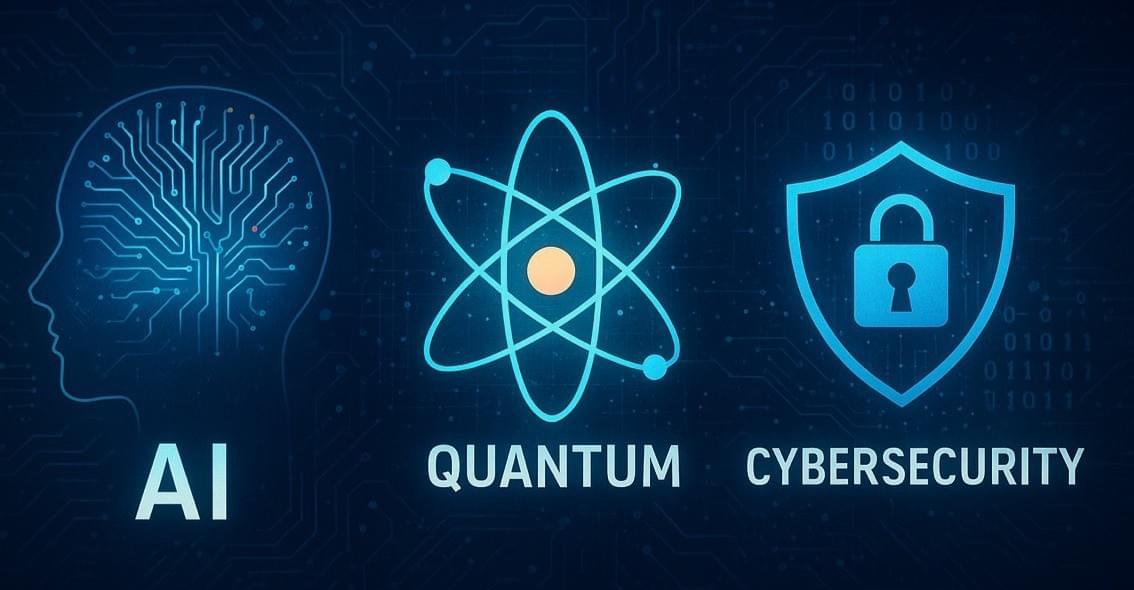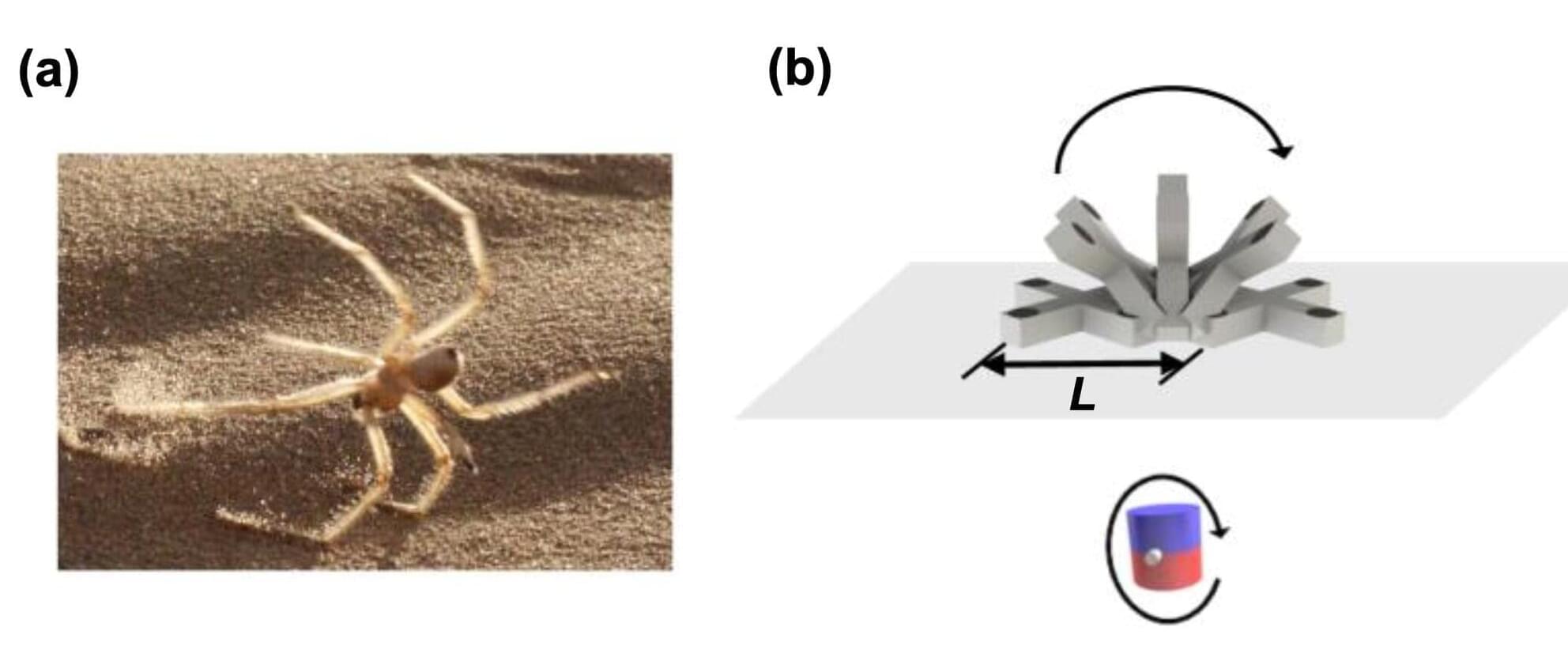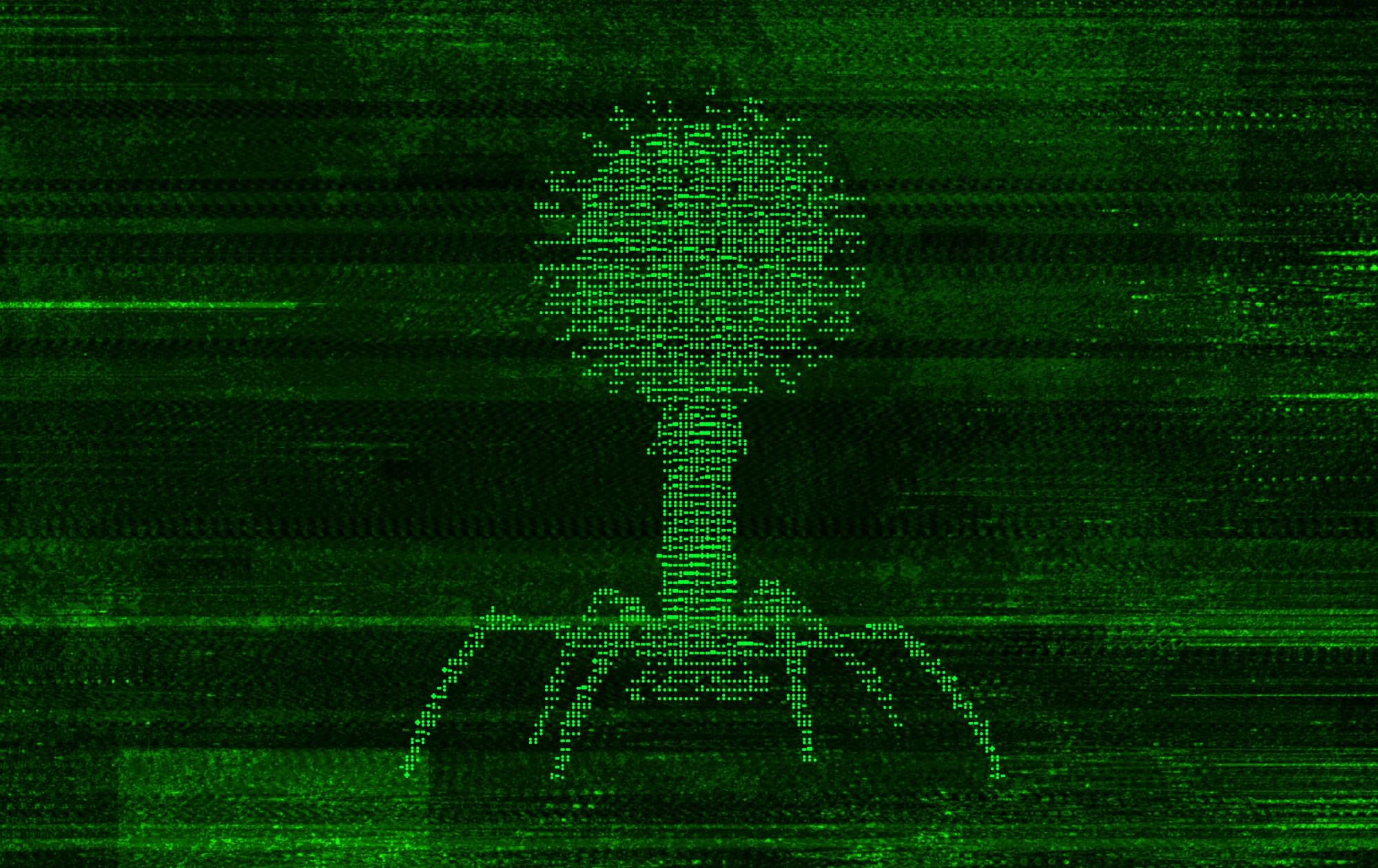Whether you’re a professional music producer or a beginner starting out, AI composition plugins are useful to streamline your workflow.


Light-Powered AI Chips: The Photonic Revolution That’s About to Change Everything ## The future of artificial intelligence (AI) may be revolutionized by photonic AI chips that use light instead of electricity to process information, enabling faster, more efficient, and heat-free computing.
## Questions to inspire discussion.
Photonic AI Technology.
🔬 Q: What makes photonic AI chips more efficient than current AI chips? A: Photonic AI chips are 100x more energy efficient and produce virtually zero heat compared to electronic chips, as they use light instead of electrons for computation.
🌈 Q: How do photonic chips encode information differently? A: Photonic chips can encode information simultaneously in wavelength, amplitude, and phase by bouncing light off mirrors and optical devices, replacing traditional electronic processors.
Industry Developments.



For centuries, mathematicians have developed complex equations to describe the fundamental physics involved in fluid dynamics. These laws govern everything from the swirling vortex of a hurricane to airflow lifting an airplane’s wing.
Experts can carefully craft scenarios that make theory go against practice, leading to situations which could never physically happen. These situations, such as when quantities like velocity or pressure become infinite, are called ‘singularities’ or ‘blow ups’. They help mathematicians identify fundamental limitations in the equations of fluid dynamics, and help improve our understanding of how the physical world functions.
In a new paper, we introduce an entirely new family of mathematical blow ups to some of the most complex equations that describe fluid motion. We’re publishing this work in collaboration with mathematicians and geophysicists from institutions including Brown University, New York University and Stanford University.

The gastrointestinal (GI) tract is a collection of organs and structures inside the bodies of humans and other animals that is responsible for the digestion of food, the absorption of nutrients and the expulsion of waste. Its underlying parts include the mouth, esophagus, stomach, intestines, rectum and anus.
Over the past decades, the incidence of cancer in the GI tract and some other conditions affecting the digestive system has risen substantially. Existing approaches to diagnose and treat GI cancers rely on endoscopy, a medical procedure that entails the inspection of internal organs via a flexible tube with an embedded camera (i.e., endoscope), which is inserted into the body through the anus, mouth or a small incision.
In addition to being highly uncomfortable for patients, endoscopy often fails to reach regions that are deep into the GI tract or are difficult to access due to the body’s natural configuration. Some biomedical engineers have thus been trying to devise alternative systems that could inspect parts of the digestive system more effectively, while causing patients minimal discomfort.



The risks posed when kids form bonds with chatbots have turned AI safety from an abstract worry into a political flashpoint. What happens now?